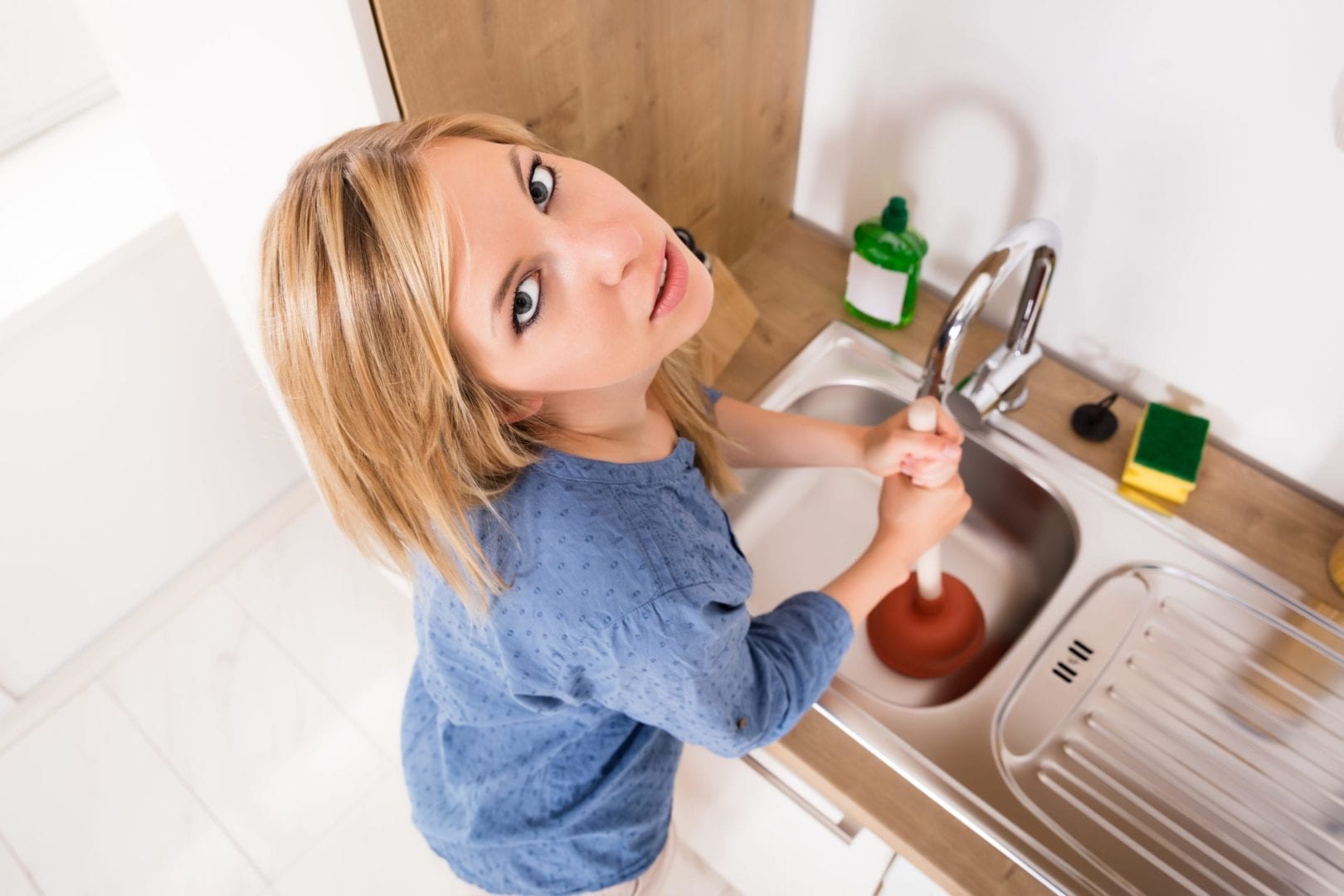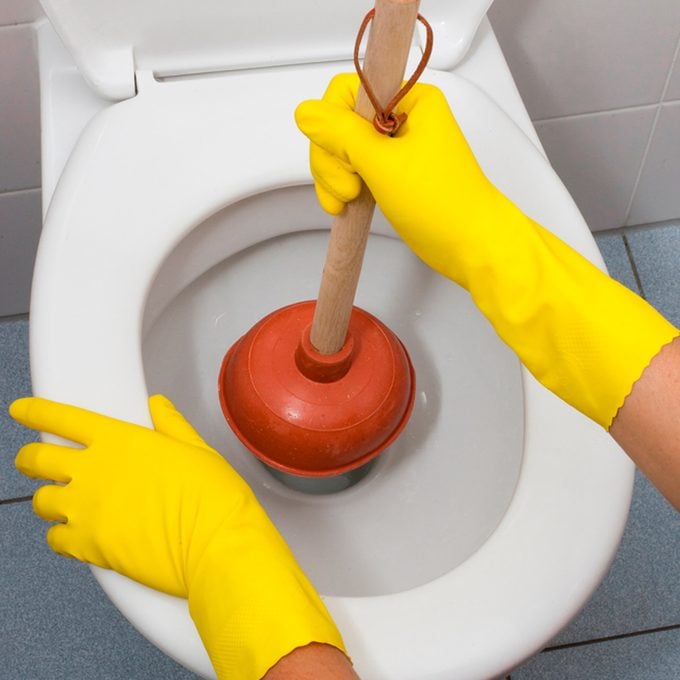Effective Plunger and Drain Cleaner: Crucial Strategies
Effective Plunger and Drain Cleaner: Crucial Strategies
Blog Article
Are you currently interested in resources involving A Guide to Plungers (and How to Use Them)?

Intro
Appropriate maintenance of house drains is important for preventing blockages and guaranteeing smooth water circulation. One of the trick tools in every home owner's toolkit is the plunger, along with various drainpipe cleansers developed to take on stubborn clogs effectively. This post checks out how to utilize bettors and drain cleansers effectively to maintain your drains moving freely.
Area 1: Recognizing Plungers
Sorts of Plungers
There are a number of sorts of bettors readily available, each created for different sorts of drains pipes and blocks. The most common kinds include cup bettors, flange plungers, and accordion bettors.
Exactly How Plungers Work
Bettors deal with the principle of producing pressure and suction to displace blockages. When properly used over a drainpipe, they create a vacuum cleaner that can take out debris or separate obstructions.
Selecting the Right Bettor
Selecting the appropriate plunger depends upon the sort of drain and the nature of the blockage. Mug plungers are suitable for sinks and bathtubs, while flange plungers are better fit for commodes due to their style.
Usual Blunders with Bettors
Avoiding these mistakes makes sure reliable plunging: inappropriate seal around the drainpipe, not enough pressure, and unclear bordering particles.
Section 2: Making Use Of Plungers Effectively
Preparation
Prior to diving, make certain the plunger covers the drain totally and creates a tight seal. Clear any kind of visible particles around the drainpipe opening.
Technique
Beginning with gentle diving motions to develop suction. Increase pressure progressively, using a stable rhythm. Repeat as essential until the drain removes.
Troubleshooting Tips
If plunging does not work, attempt adjusting the seal, applying oil jelly for a better seal, or using a different sort of bettor.
Section 3: Understanding Drainpipe Cleansers
Types of Drainpipe Cleansers
Drain cleansers can be chemical or enzymatic. Chemical cleansers utilize strong chemicals to liquify clogs, while chemical cleaners make use of natural enzymes to break down raw material.
Exactly How Drainpipe Cleansers Job
Chemical cleaners respond with clogs to dissolve them, while chemical cleaners break down natural products like hair and grease without hurting pipelines.
Safety Factors to consider
Constantly wear gloves and eye defense when using chemical drainpipe cleaners. Make certain appropriate ventilation and adhere to producer instructions meticulously.
Eco-Friendly Alternatives
Think about using vinegar and cooking soft drink or enzyme-based cleaners for environmentally friendly alternatives that are safer for pipelines and the setting.
Section 4: Utilizing Drainpipe Cleaners Properly
Application Techniques
Pour chemical cleansers straight into the drainpipe opening. Allow them to help the recommended time prior to flushing with hot water. Enzymatic cleaners ought to rest over night.
Safety measures
Prevent mixing various sorts of cleansers, as this can produce harmful fumes. Never ever make use of chemical cleansers in conjunction with a bettor, as splashing can take place.
Handling Persistent Obstructions
For consistent obstructions, consider using a pipes snake or calling an expert plumbing to prevent damages to pipelines.
Final thought
In conclusion, understanding just how to make use of plungers and drain cleansers efficiently is important for maintaining healthy and balanced plumbing systems. By picking the right tools and strategies, homeowners can tackle minor clogs and protect against major plumbing issues down the line.
4 DIY Ways to Unclog Drains
Wire Hanger
This age-old technique has been used by many an amateur plumber – to much success. Take any wire hanger, deconstruct its shape and leave a small hook shape on the end. Time to go fishing! Remove the shower or sink drain cover and snake the wire into the drain, wiggling and rotating it as you push it through. Dispose of the gunk that you remove and flush the drain with hot water. Rinse with a pan of boiling water for best results.
Plunger
Creating a suction in your drain can break up clogs caused by hair and soap residue build up. First, make sure you are using the correct type of plunger, one specifically for sinks or tubs. They are typically smaller than regular toilet plungers and often have a shallow suction cup. Regular plungers can work too but we’d recommend cleaning them first and finding a way to create better suction over the drain.
Baking Soda and Vinegar
This technique is a classic – and one of the most popular DIY drain unclog methods. Pour one cup of baking soda and one cup of vinegar down the drain and allow it to work its magic overnight. The next morning, flush the drain with boiling water. Repeat if necessary.
Drain Snake/Hair Clog Tool
If you know your clog is caused primary by hair, a drain snake/hair clog tool might be your best option. These tools can be purchased for under $10 at any hardware store and work well so long as the clog isn’t too deep in the drain.
https://www.callcatons.com/blog/four-diy-ways-to-unclog-drains/

Application Techniques
Pour chemical cleansers straight into the drainpipe opening. Allow them to help the recommended time prior to flushing with hot water. Enzymatic cleaners ought to rest over night.
Safety measures
Prevent mixing various sorts of cleansers, as this can produce harmful fumes. Never ever make use of chemical cleansers in conjunction with a bettor, as splashing can take place.
Handling Persistent Obstructions
For consistent obstructions, consider using a pipes snake or calling an expert plumbing to prevent damages to pipelines.
Final thought
In conclusion, understanding just how to make use of plungers and drain cleansers efficiently is important for maintaining healthy and balanced plumbing systems. By picking the right tools and strategies, homeowners can tackle minor clogs and protect against major plumbing issues down the line.
4 DIY Ways to Unclog Drains
Wire Hanger
This age-old technique has been used by many an amateur plumber – to much success. Take any wire hanger, deconstruct its shape and leave a small hook shape on the end. Time to go fishing! Remove the shower or sink drain cover and snake the wire into the drain, wiggling and rotating it as you push it through. Dispose of the gunk that you remove and flush the drain with hot water. Rinse with a pan of boiling water for best results.
Plunger
Creating a suction in your drain can break up clogs caused by hair and soap residue build up. First, make sure you are using the correct type of plunger, one specifically for sinks or tubs. They are typically smaller than regular toilet plungers and often have a shallow suction cup. Regular plungers can work too but we’d recommend cleaning them first and finding a way to create better suction over the drain.
Baking Soda and Vinegar
This technique is a classic – and one of the most popular DIY drain unclog methods. Pour one cup of baking soda and one cup of vinegar down the drain and allow it to work its magic overnight. The next morning, flush the drain with boiling water. Repeat if necessary.
Drain Snake/Hair Clog Tool
If you know your clog is caused primary by hair, a drain snake/hair clog tool might be your best option. These tools can be purchased for under $10 at any hardware store and work well so long as the clog isn’t too deep in the drain.
https://www.callcatons.com/blog/four-diy-ways-to-unclog-drains/

We hope you liked our excerpt on How to Use a Plunger to Unclog a Toilet or Drain. Thanks for spending some time to read our short article. Appreciated our entry? Please quickly share it. Help somebody else locate it. We thank you for your readership.
Click For More Info Report this page